Prepared by Survey Author Brian Hudson – this survey has been carried out on a voluntary and self-funded basis, save for a contribution of £115 from Good Egg Safety CIC towards the cost of the survey tool. Participants are self-selected and the survey has been promoted on Facebook and Twitter 6 times over the course of 1 year. Over 500 responses were received, however incompletes and those from participants outside the UK have been removed as the survey was constructed specifically with reference to the UK Family Courts. The total sample size remaining after removals was 366 complete submissions. A PDF copy of the survey questions can be found here.
Introduction
Members of the general public were asked to take part if they met the criteria of having been falsely accused in family court and able to provide evidence that allegations made against them were false.
We did not carry out any due diligence as to whether allegations made against survey respondents were indeed false, it would not be practical to do so with the resources available. However, this exercise is not intended to check the information provided by respondents, just as surveys conducted by the Office for National Statistics in relation to Domestic Abuse are based on respondents providing truthful answers.
The objective of the study was to gain fresh insights into how the family court system may be being ‘manipulated and exploited’ for fraudulent purposes together with the extent & severity to which that may be prevalent
In regards to authenticity of respondents actually being victims of allegations which were false, it is felt that the length of the survey and the detailed but closed nature of the questioning would be very difficult to complete fully were the respondent’s experiences of false allegations untrue, only surveys completed all the way through are included in the analysis.
As this survey is neither funded
or carried out by an institution one would normally associate with independent
studies of this nature,
- The sample size at 7th May 2021 is 366
completed surveys, respondents to these surveys identified as follows:
|
Surveys not completed by Victim of False Allegations |
26 (20 Parents, 3 Siblings & 3 Friends) |
|
Surveys Completed by Victim of False Allegations |
340 |
|
Male |
321 (87.70%) |
|
Female |
44 (12.02%) |
|
Other |
1 (0.27%) |
|
Heterosexual Parents |
360 |
|
Same Sex Parents |
6 |
|
Average Age of Respondents |
44 |
|
Average Number of Children |
1.84 |
|
Total Sample |
366 |
- Of those who completed the survey on behalf of someone else, sadly 5 have stated the victim took their own lives, representing 1.37% of the sample. Approximately 50,000 separated couples
navigated family court last year in children related private law cases, some 62% of these case (according to Cafcass and Women’s Aid in 2017)[2] had allegations of domestic abuse and/or violence, a figure of approx. 31,000 cases.
If our study were representative in terms of reaching loved ones of those who have taken their own lives in order to complete this survey, and it is not realistic to assume that it is on this sample size to date, we could extrapolate this out to say that 1.37% of 31,000 parents have committed suicide as a result of false allegations made against them in family court. That would translate to approximately 423 parental suicides within a year. That is a deeply distressing number, yet it is actually much lower than the estimates of over 2,000 per year, and I believe we would see a much higher rate had we been able to adequately reach loved ones of those who are no longer with us. However, at 423 deaths by suicide, likely resulting from the distress of family court, alienation, prevention of contact with children, false allegations, financial pressures and sometimes homelessness, we are already at a figure that is nearly six times higher than the number of women murdered by a partner or ex-partner last year[3]. All 5 suicide victims included in the survey were male.
To put that in context, even if the number of suicides likely resulting directly from family court procedures is no higher than 423 in a year, it is almost 6 times the 72 people who tragically died in the Grenfell Tower fire, which of course rightly resulted in public outcry and a public inquiry being ordered by Government. Those seemingly driven to take their own lives, appear not to be deserving of the same courtesy nor dignity, the system and government having due process or any willingness to understand the drivers for these tragedies.
The highest age group rate of male suicide is running at 27.1 deaths per 100,000, extrapolating our survey results out to the general population, equates to a suicide death rate of 1,366 per 100,000, but we need to dilute that across the number of years our respondent’s cases (where there is a suicide) commenced, which was 2. Doing this tells us that the deaths per 100,000 in this sample rises from 27.1 to 683, increasing the likelihood of a suicidal outcome of for parents involved in Family Court by 2500% compared to the highest banding of male suicide shown in the ONS graph below, and 6200% higher than the overall suicide rate (11/100k) for England & Wales.
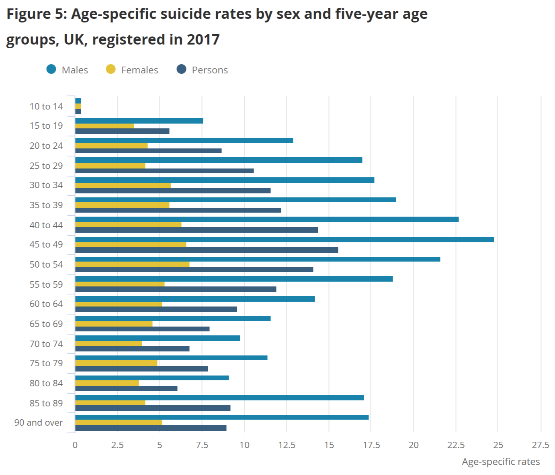
- We asked respondents to tell us the geographic area they reside, below are the most common locations.
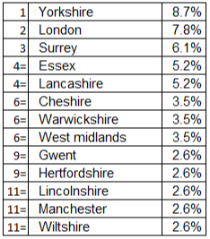
- We asked the participants what was their relationship to their accuser.
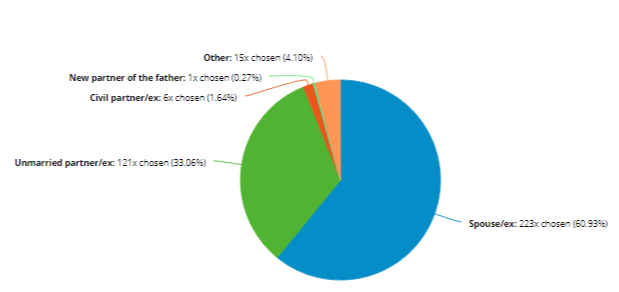
- We asked whether family court proceedings were already underway when allegations were made.
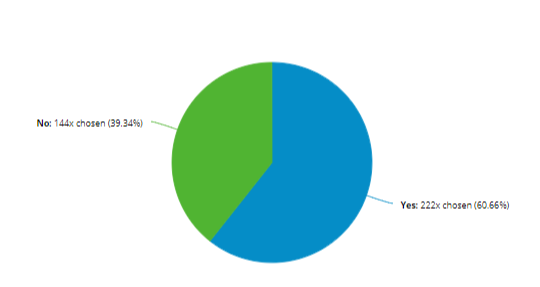
- We asked what the immediate impact was on the children.
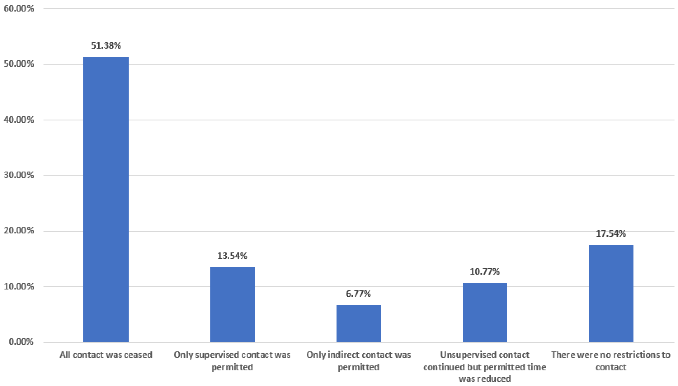
7. We asked whether participants who had contact with their own children restricted by the court had contact with other children within their living arrangements, 30.88% said yes. Those who said yes whether they were subject to of any safeguarding checks with regards to those children.
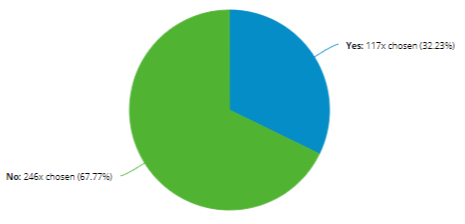
8. We asked whether accusers agreed to mediation, 75.24% refused, of those who agreed, only 44.16% completed the mediation, 37.68% started but didn’t complete, and 18.18% didn’t engage at all having agreed to.
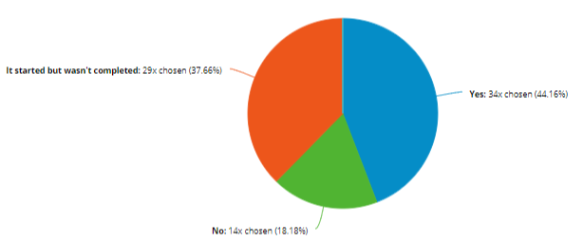
9. We asked how long participants family court cases lasted
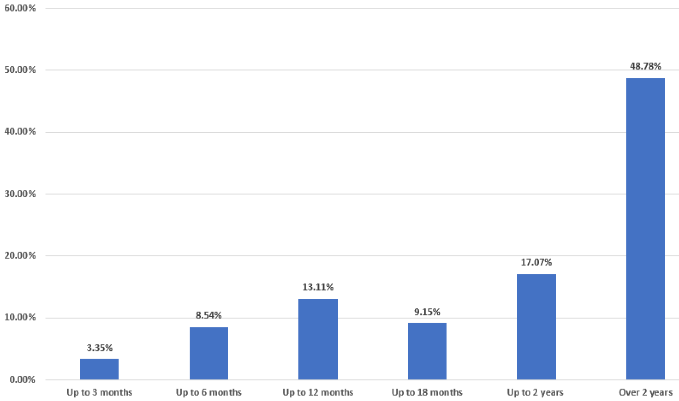
10. We asked whether either party received legal aid in family court proceedings, 53.55% said yes. Of those the following applied
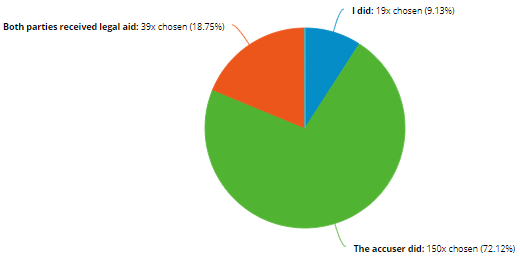
- We asked those who did not receive legal aid, whether anyone else assisted them with their case.
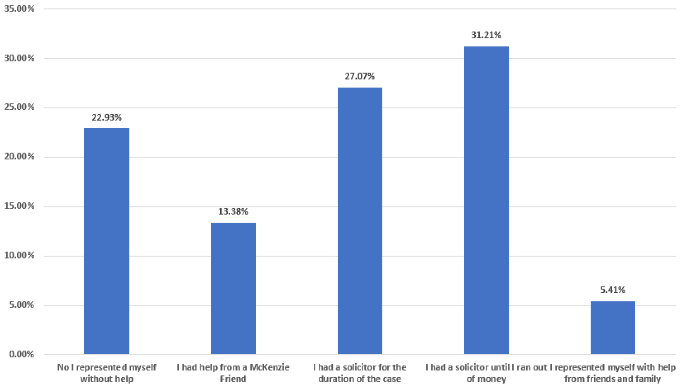
- £32,000 - The average amount spent by each survey participant on legal fees.
- 100% of participants told us that allegations of domestic abuse and / or violence were made against them.
- We asked when allegations were made.
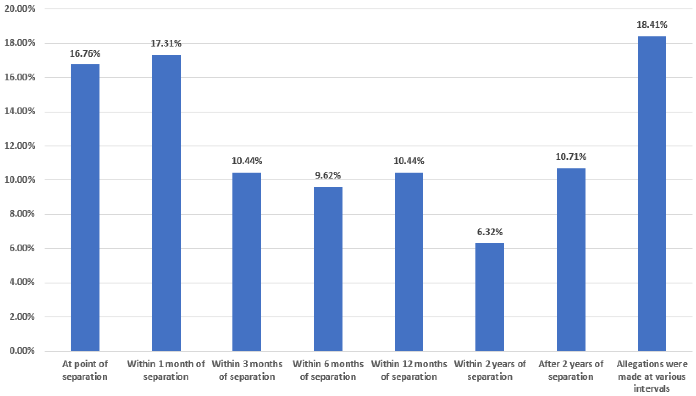
- We asked what significant events participants believe triggered the allegations made against them, they could select more than one answer.
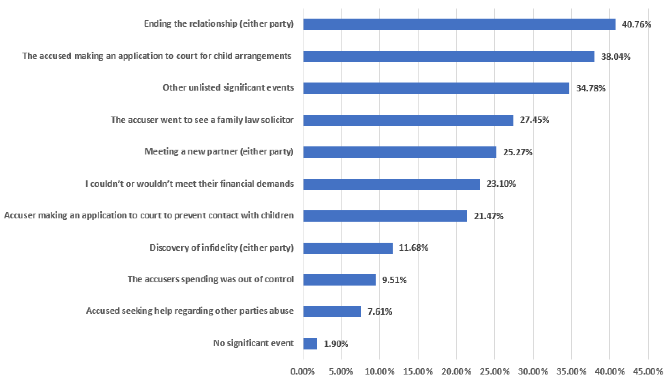
- We asked whether participants accusers had ever had a formal diagnosis of a mental health problem or disorder, 50.81% said yes, the chart below represents the known mental health issues/disorders among those with diagnosed mental health histories.

17. We asked whether accusers had a known history of drug or alcohol misuse, 24.32% said yes. According to DrinkAware.co.uk, 4% of all adults drink excessively (over twice the recommended weekly limit). According to drugwise.org.uk, 3.7% of adults aged 16 to 59 had taken a Class A drug in the last year. It is a known fact that drug / alcohol abuse leads to higher prevalence of domestic abuse/violence, the BBC recently published an article about a study conducted in Sweden[4], which claimed the increased prevalence to be six-fold. It is concerning that respondents indicate prevalence of drug and alcohol abuse among those making allegations of abuse and violence in family court is so high.
- 36.89% of our survey participants told us that they had to leave their home as a direct result of the allegations made against them.
- The chart below gives the breakdown of the reasons those 36.89% had to leave their homes.
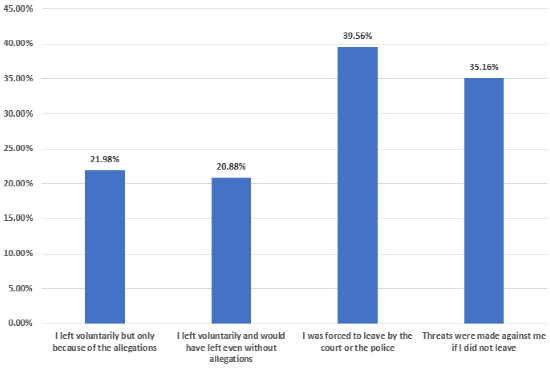
- We asked those who were forced from their home what their resulting living arrangements were, they could select all that applied.
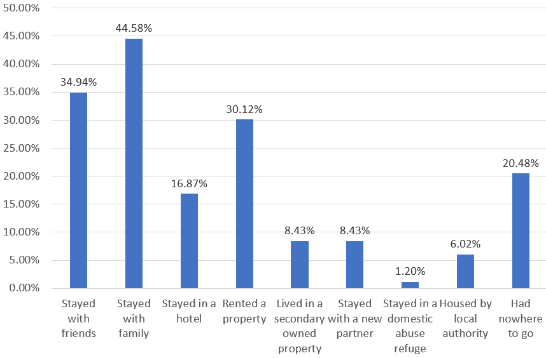
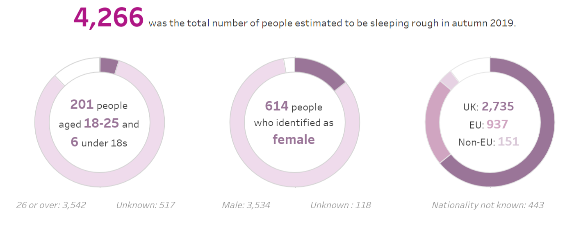
https://www.homeless.org.uk/facts/homelessness-in-numbers/rough-sleeping/rough-sleeping-explore-data.
- We asked what types of abuse were participants accused of.
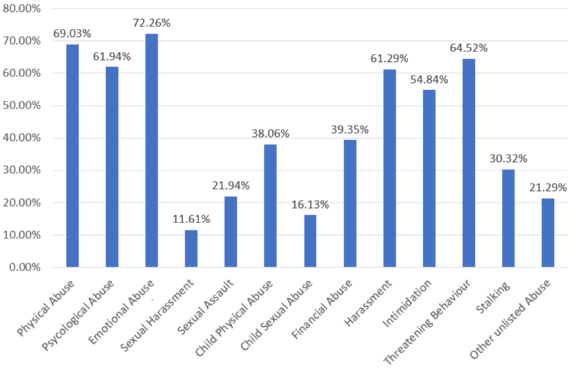
- We asked whether any evidence was provided to substantiate allegations made against participants, 63.36% said no evidence was provided.
- Of the 36.64% of participants who said evidence was provided, we asked whether any of the evidence had been either manufactured o
r tampered with to support the claims made, 83.66% said yes, suggesting that a very large percentage of accusers are willing to take significant risks in family court.
- We asked whether participants were able to prove allegations made against them were false, 15.22% said that they could not, 28.06% said they could only prove some but not all to be false, and 56.72% said they were able to prove all allegations made against them were false.
- The average number of separate allegations made against survey participants was 13.65.
- We asked whether any of the allegations made against participants were reported to the police, more than three quarters said yes at 75.69%, so we asked how many separate reports were made to the police, and the average among those who said yes was 7.21 separate police reports. This indicates a potentially enormous amount of police and supplementary resources time being wasted for the purposes of family law litigation, and therefore unavailable to respond to genuine emergencies and genuine victims of crime. Extrapolated out into the general population, if police expenditure is proportionate across all crime, this may amount to almost £500m of wasted police funding.
- Of 75.69% who were reported to the police, we asked about the outcome, participants could select more than one, but told us that over three quarters of the time (77.44%) reports resulted in no further action,
potentially highlighting the volume of police time being wasted. Nearly 50% of respondents told us that these reports resulted in them being arrested, compounding thefalse allegations being perpetrated against them.
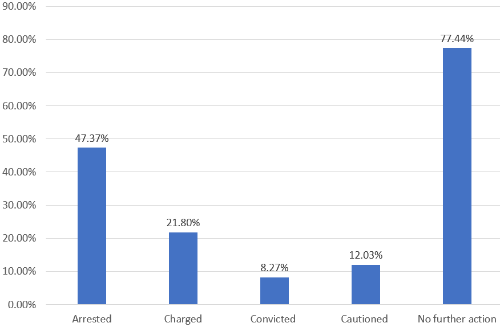
- 6.83% were convicted in criminal courts, The Crown Prosecution Service success rate for convictions when they charge is 86%; this is 12.59 times the conviction rate among our survey participants who have been accused as part of a family law process. This data suggests a substantial waste of police time and resources.
- We asked whether
the accusershad alienated their children from them, 98.31% said yes.
- We asked what restrictive court orders their accuser had applied for, and which of these were granted.
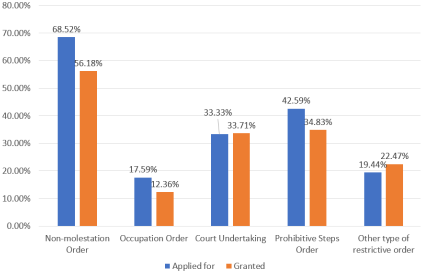
- We asked whether participants were given the opportunity to contest the orders that had been applied for, before they were granted.
- 47.95% said they were given no opportunity to contest the application,
- 27.87% were given the opportunity to contest all of the applications for a restrictive order against them,
- the remainder were only permitted to contest some but not all the applications made against them.
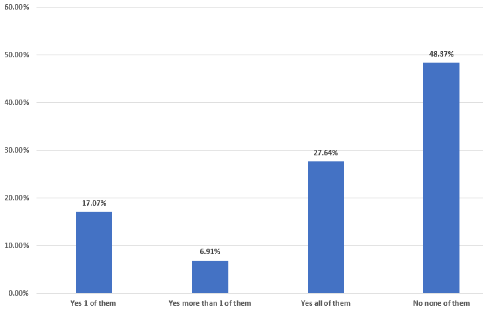
- We asked whether any agencies contacted participants to verify the claims that had been made against them.
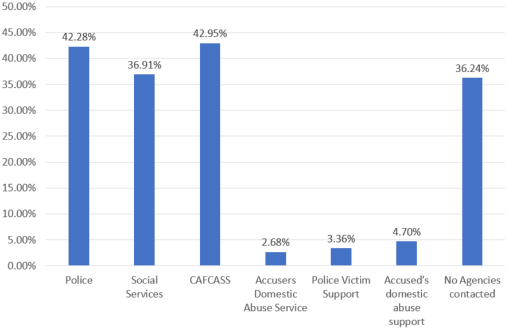
- We asked whether any professionals identified Parental Alienation in the participants cases, 34.80% said yes, of these we asked which professionals identified the alienation.
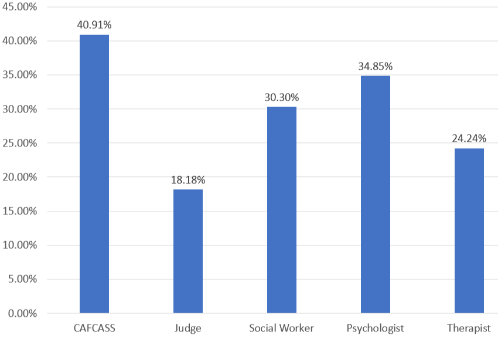
- We asked whether any intervention was recommended for cases where professionals had identified Parental Alienation. Only five participants told us a recommendation to transfer residence was made.
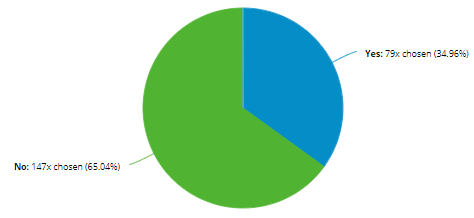
- We asked whether participants had needed to return their case back to court due to child arrangement’s orders being breached.

- Of those who told us their order was breached, we asked what action was taken by the court in response.
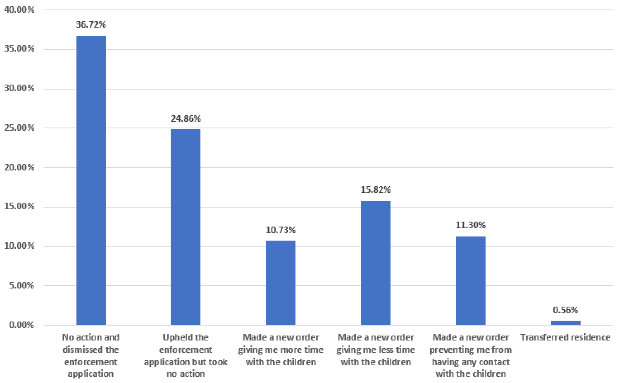
- We asked participants what impact the experience had on their health. The results of this question are extremely concerning, with;
- 49.45% of those telling us they were falsely accused considering suicide,
- 86.07% suffering anxiety & depression,
- 47.81% left to go forward into life suffering with PTSD,
- 1.37%
due to suicide , leaving their children without a parent permanently, and no doubt devasting the lives of other loved ones. A further 11.48% attempted suicide.
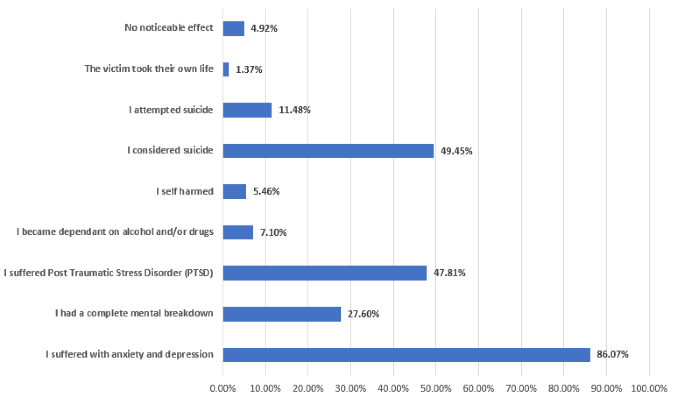
- We asked what effect this experience had on the well-being of participant’s children. 55.49% of these children lost all contact with one parent, and yet the rate at which these parents have been found guilty of any abuse is minimal, just 6.79%, and furthermore, the sentences they receive suggest that the convictions were for minor offences or in relation to a breach of an illegitimately gained Non-molestation Order.
39. We asked about the impact on the well-being of the children, and of particular concern, those who have been accused tell us that their accuser is manipulating children’s medical records, including seeking false diagnosis, as much as a third of the time. Given this data, it’s not difficult to see how this is contributing to child mental health services being less able to cope with demand, the demand that is being proactively created for them, has been growing at an alarming rate, is set to continue to escalate far beyond what we are experiencing today, and then extends waiting times for therapeutic assistance to those who really need it, with very likely tragic consequences at times. The rest of these indicators give a very clear picture of how children are being routinely failed and left in harm’s way by the family justice system.
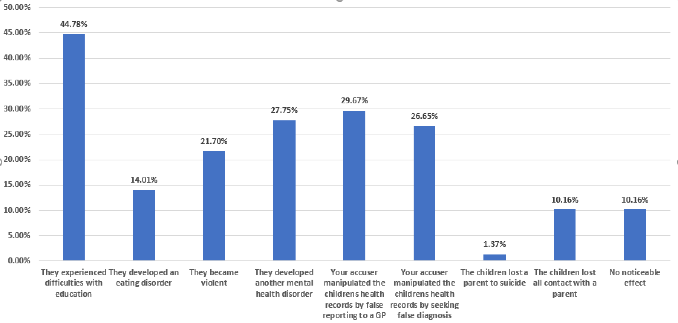
- We asked how this has impacted on participants financial and employment status. The results are dire, these families are being destroyed financially with the accused bearing the brunt of that.
The likelihood of an adult being declared bankrupt in the general population, is 0.03% (100k out of 30m working adults) but in our survey we are seeing a bankruptcy rate of 3.56% (more than 100 x higher) and this is made up of roughly 50% of the population who are parents with dependent children, so this rate therefore is over 7% among parents with dependants who traverse the family courts.
There were
Inevitably, in a great number of cases, this leads to financial distress, with the state needing to intervene with housing and income support. These people will also have a great deal of difficulty getting back on their feet, with understandably little motivation to do so, 64.93% of those surveyed telling us they lost all motivation.
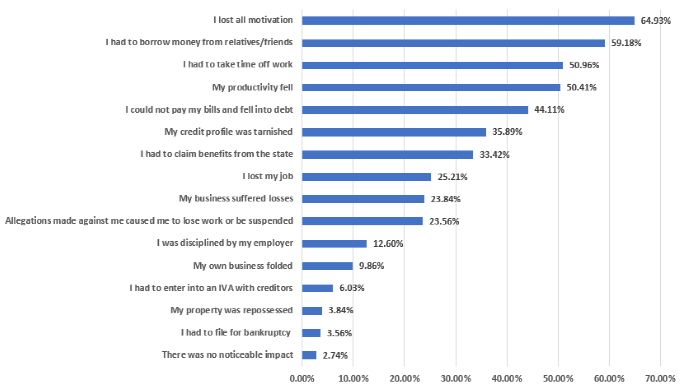
- We asked whether the participants accuser was ever sanctioned for their false allegations, 99.43% said no, there were no consequences, despite family courts having family procedure rules to counteract and thoroughly investigate allegations made.
- We asked whether participants ever reported their accuser to the police, 77.35% said yes, so we asked those participants, what was the outcome of reporting to the police.
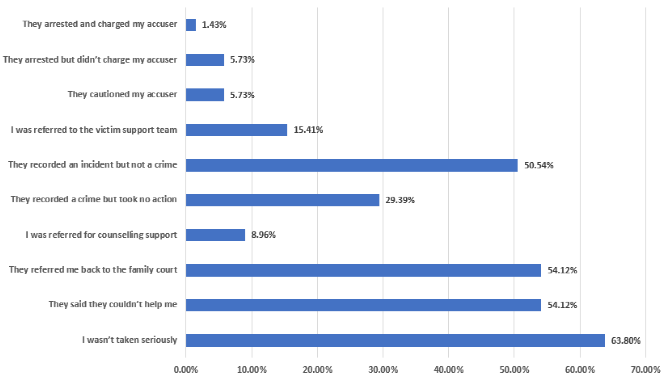
- We asked participants whether they had ever reported their accuser to a domestic abuse support service.
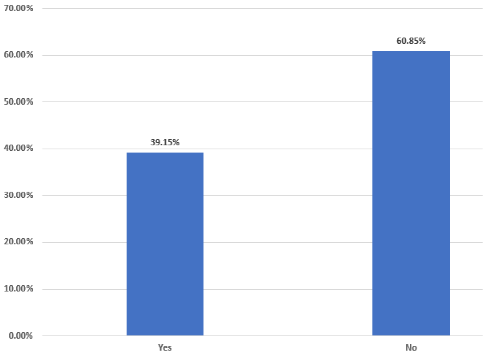
- We asked which outcomes applied from the reporting to domestic abuse support services.
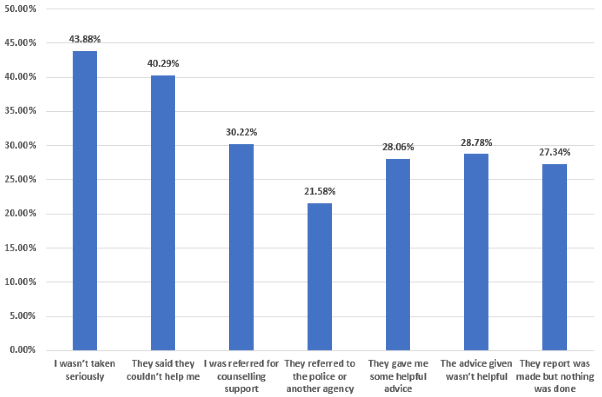
- We asked participants, if they have never, or they took a very long time to report their accuser to police or domestic abuse service, what were the reasons. Almost three quarters told us they held back or didn’t report at all because they believed it would make things worse for the children, 65.31% didn’t think they would be believed, nearly half were too embarrassed, and almost 20% held back because they didn’t want to make things worse for their accuser. These are hardly the thought patterns of abusive people.
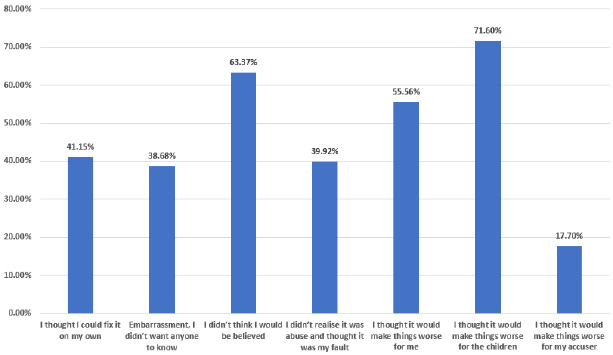
- We asked whether participants accusers took up a place in a refuge.
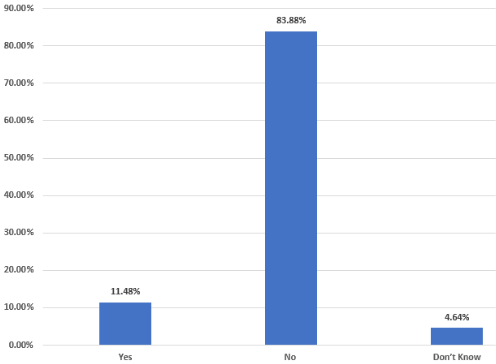
- We asked whether accusers had made an application for social housing, 29.04% said yes, of those we asked whether the application was successful.
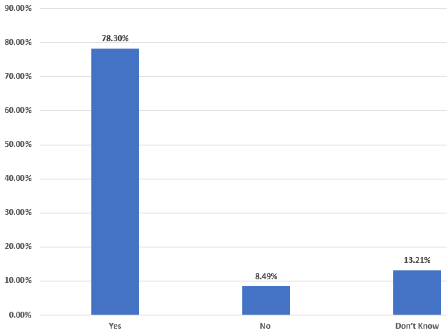
- We asked whether participants accusers were a foreign national, 14.56% said yes, we asked those whether their accuser applied for citizenship after making allegations against them.
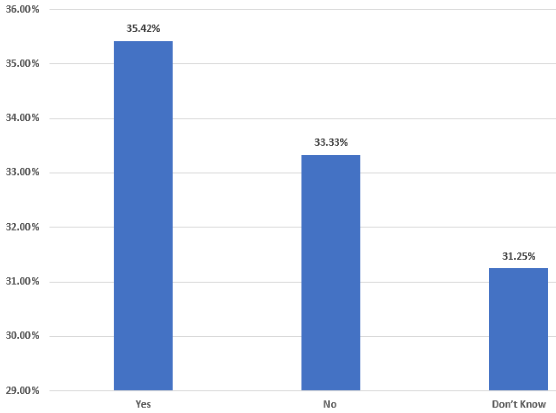
- We asked those who said yes whether their accuser was successful with the citizenship application.
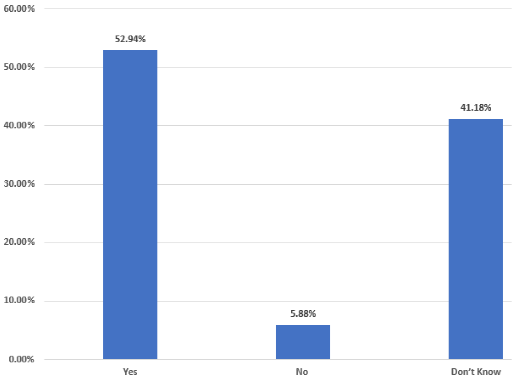
- We asked those who had told us their accuser had applied for either social housing or citizenship, whether they had reason to believe the application was fraudulent.
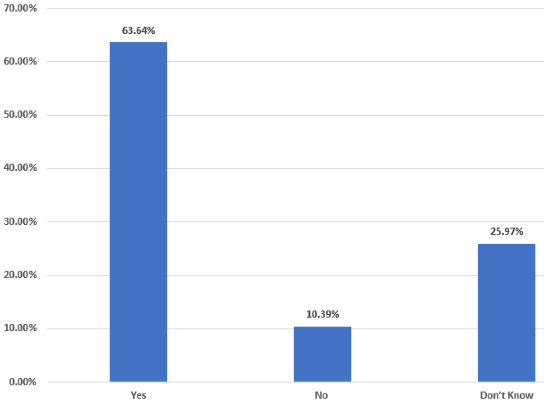
- We asked participants what they believe were their accusers’ motives for the allegations.
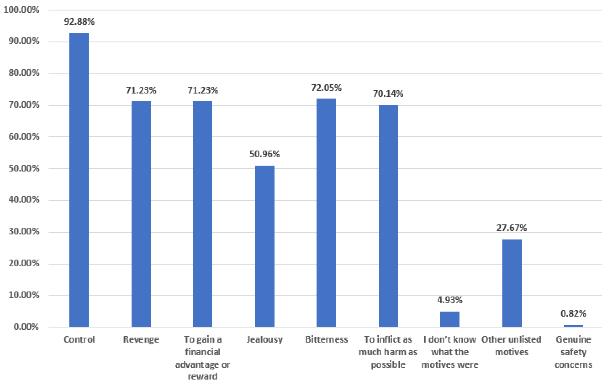
- We asked whether there was evidence of advance planning by their accusers, more than one answer could be selected.
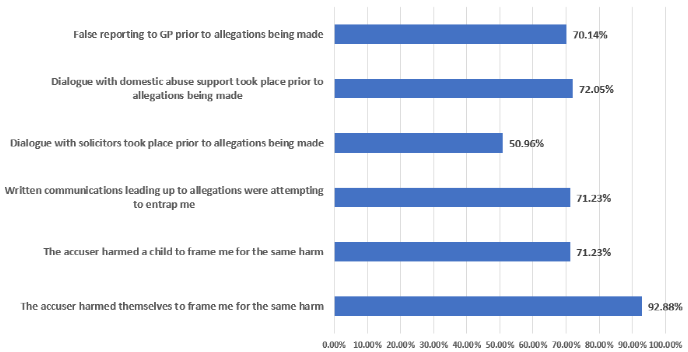
- We asked whether participants accusers had a history of the same behaviour with previous relationships.
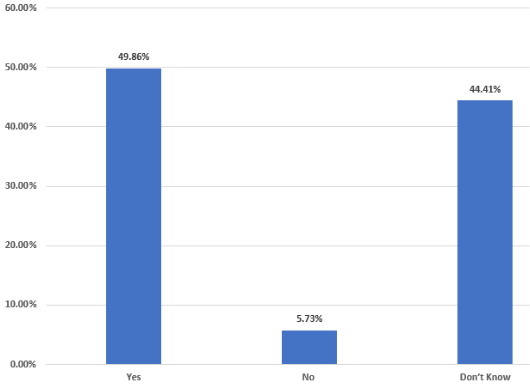
- We asked whether participants were subjected to abuse by their accuser 97.26% said yes, of those participants they told us they were subjected to the following types of abuse.
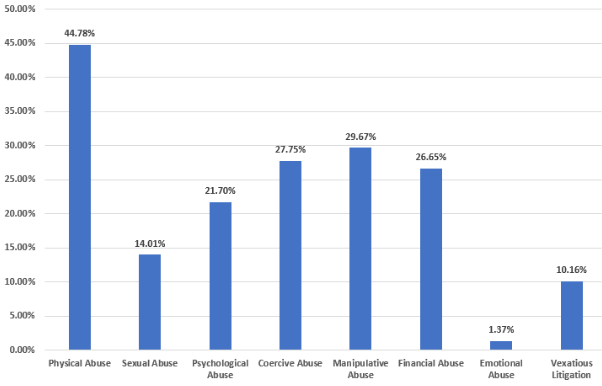
- We asked participants whether they were subjected to intimidation, threats or physical violence by someone aligned with their accuser, just under 69.74% said yes.
56. We asked those who said yes, which relationships to their accuser were involved in the ‘abuse by-proxy’. These crimes are not recorded as domestic abuse, nor are they recorded as having been incited by someone who is claiming to be a victim of abuse. Combine the fact that allegations of abuse reported to police, which are subsequently proven false, are not removed from the figures, nor are they then recorded as a crime against the accused, but also these crimes of abuse by-proxy are not recorded as domestic abuse crime at all, we can see how the appearance that females are more likely to be victims than males when it comes to domestic abuse & violence, does not form a reliable picture. What is more, a high percentage of true victims are receiving little (if any) protection or support, while a high proportion of actual perpetrators are able to count on well-funded government and domestic abuse charity support to further their abuse and inflict yet more damage on innocent parents and children.
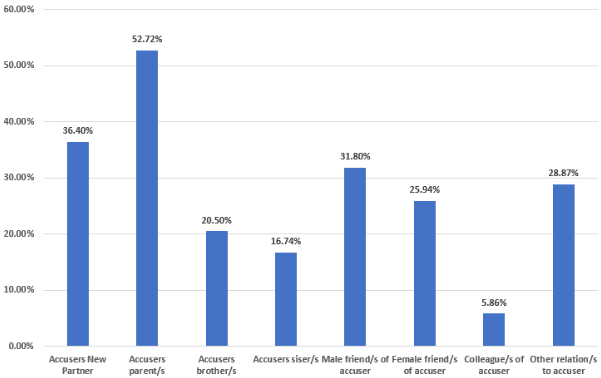
- We asked what support services were participants able to go to for support.
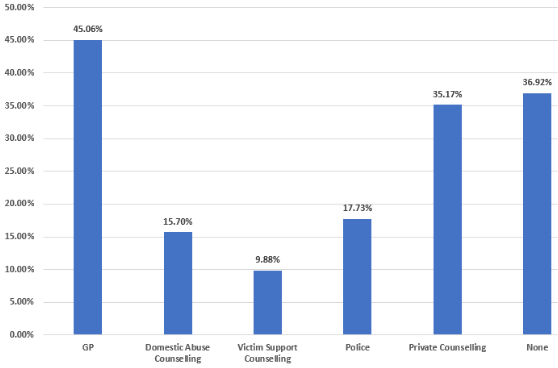
- We asked those who received support to rate that support on a scale of 0 to 10
(0 = Not at all helpful 10 = Very helpful)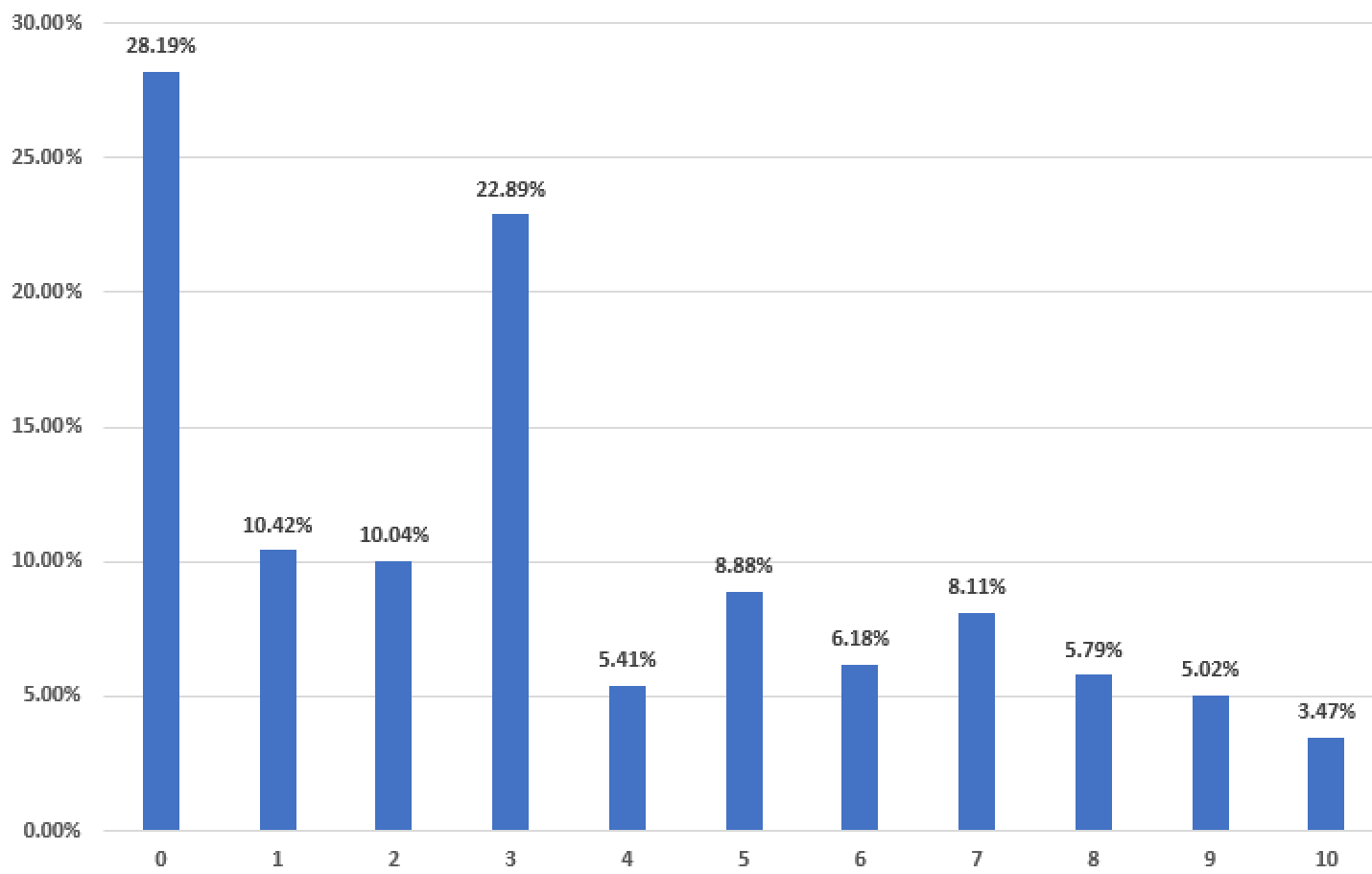
- We asked how long participants had to wait for support, of those who were receiving or had received support, the average was just under 9 months. We asked whether participants are still waiting for support now, 38.17% said yes. We asked whether participants cases had concluded before support was provided, 36.07% said yes.
- We asked participants who felt the support they received wasn’t helpful, what were the reasons.
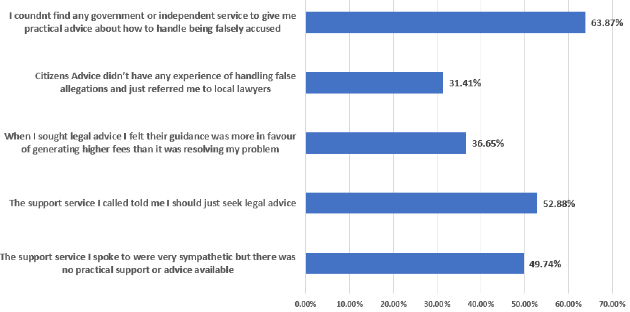
- We asked whether a domestic abuse advisory service or charity wrote a report in support of participants accusers, 31.17% said yes. We asked those who said yes, to indicate the level to which this influenced the outcome of their case.
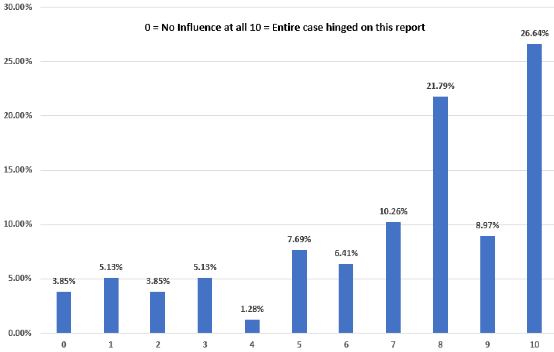
- We asked participants about their own history.
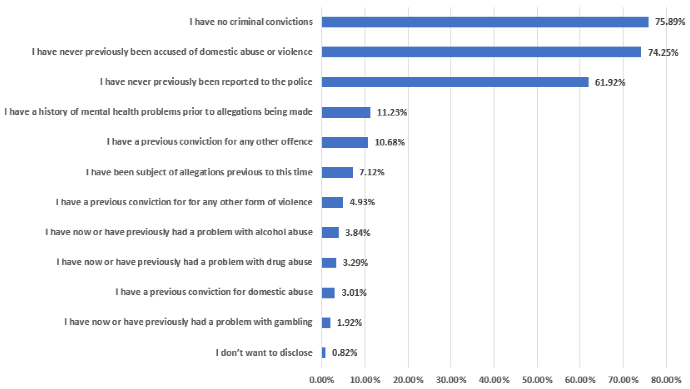
- We asked whether participants received an award of costs for legal fees or any compensation due to any of the issues raised in the survey.

64. We asked participants whether their accuser was prevented from having a normal relationship with one of their parents growing up. These responses give an extraordinary amount of weight to the assertions of most credible psychologists as to the long-term mental health and behaviour impact that enforcing a disruption to the attachment bond of children and a loving parent has long into their adult life, and that there is a very high likelihood, supported in academic research, that they will repeat the cycle with their own children.
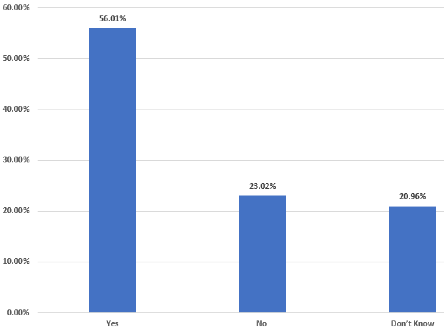
This is not a new understanding
- We asked whether participants felt there is a need for a National False Allegations Helpline.
Cross Tabulation Insights
Likelihood of | Forced to leave family home | |
Yes | No | |
Losing Job | 36.03% | 18.78% |
Falling into Debt | 53.68% | 38.43% |
Having to Claim State Benefits | 40.44% | 29.26% |
66. Married participants were forced to leave the family home 54.95%, but unmarried just over half that figure at 28.89%.
67. Married participants experienced allegations only AFTER family court proceedings commence 58.04% of the time, but unmarried participants face allegations after family court proceedings start 62.30% of the time.
68. Filtering allegations by cost of legal fees, those with fees totalling more than £100,000 were subjected to an average of 35.90 allegations compared to 11.46, more than treble the number of allegations.
69. Filtering police reports by cost of legal fees, those with fees totalling more than £100,000 were subjected to an average of 14.33 police reports compared to 5.04, some 284% higher.
70. Filtering respondents to those spending in excess of £100,000 on legal fees, dialogue with between the accuser and a solicitor took place prior to allegations being made in 71.43% compared to 42.24% for respondents with fees under £100,000.
71. Filtering respondents to those spending in excess of £100,000 on legal fees, dialogue with between the accuser and a domestic abuse support service took place prior to allegations being made in 52.38% compared to 37.58% for respondents with fees under £100,000.
72. The participants in the survey who were forced to leave their home, were almost 3 x more likely to end up bankrupt (2.18% versus 5.88%)
To make an enquiry about this survey, you can contact the author by email in the first instance familylawscandal@brianhudson.co.uk.
If you have been falsely accused of crimes in family court, you can take part in the survey at www.falseallegationssurvey.com.
For further background reading, you can download a report which analyses the publicly available data from family law agencies relative to national domestic abuse prevalence here https://drive.google.com/file/d/1XLp63qmZuavlx6UNf-H4kqXxWTTfOVjl/view?usp=sharing.
A detailed study carried out by Jan James of Good Egg Safety into Parental Alienation can be found here www.parentalalienationuk.info, together with case studies and other useful information.
Parental Alienation UK can also be followed on both Twitter & Facebook using @palienationuk.
The author can be followed on Twitter @brianhudson3333
[1]https://www.lawgazette.co.uk/news/family-justice-system-under-sustained-and-heavy-attack-munby/5103060.article
[2]Cafcass and Women’s Aid (2017), Allegations of domestic abuse in child contact cases, London: Cafcass
[3]https://www.independent.co.uk/news/uk/home-news/domestic-abuse-violence-death-women-partner-a9333161.html
